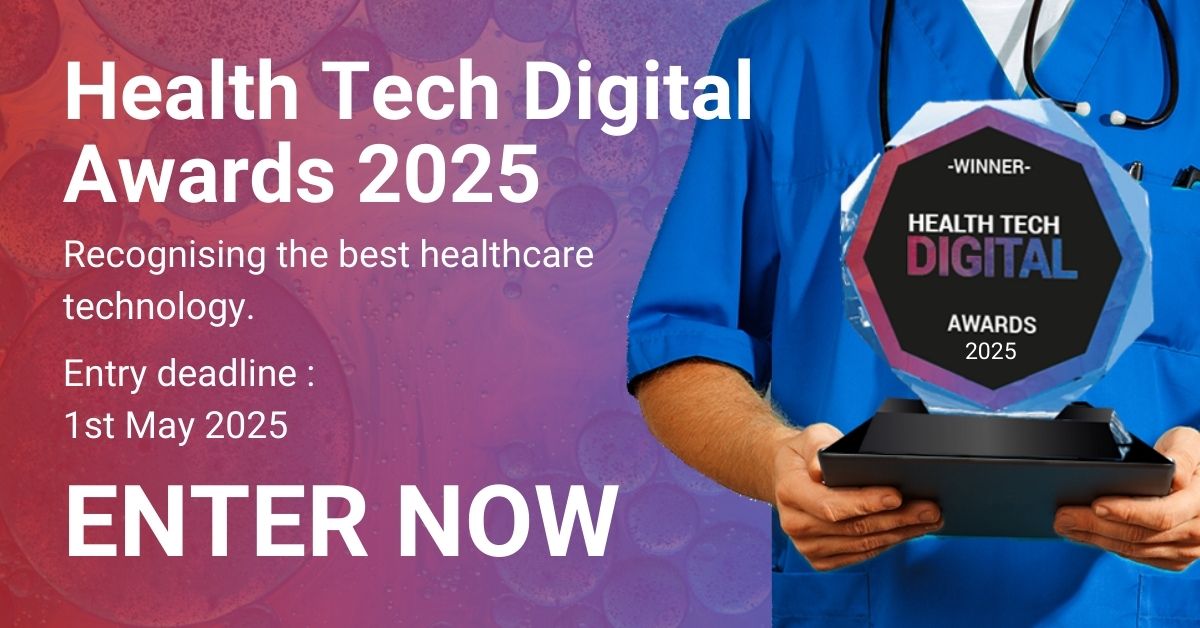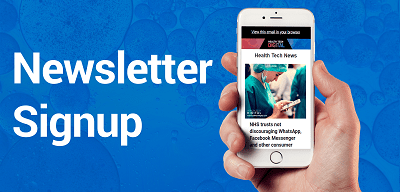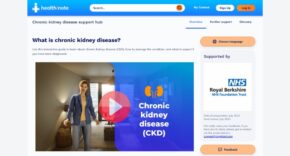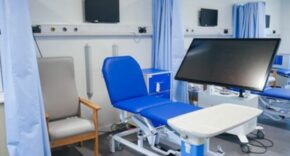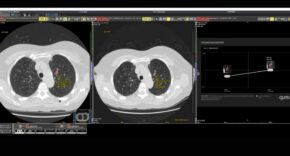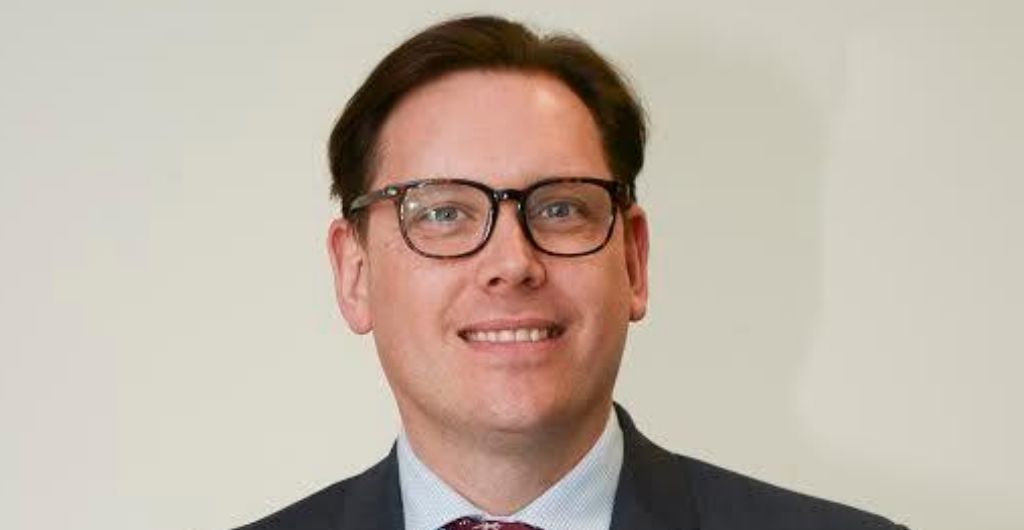
Covid-19 has provided an all-too real use case for video consultation in the NHS, but it’s the power it gives patients over their own care, that will ensure it survives long after the pandemic, says Rowan Pritchard Jones.
Across healthcare, trusts are using all sorts of different platforms for video conferencing. This year, the NHS has conducted more remote working than it ever has before. Perhaps an unintended consequence of COVID-19 has been the rise and accelerated adoption of video consultations at trusts, GP practices and clinics across the country.
Adopting video is something that we at St Helens and Knowsley (STHK), came to independently some time ago. Before I became Medical Director, I was our Chief Clinical Information Officer. I’ve stepped into my current role with a background and an interest in technology, and, in my heart, using technology to support care has always been very high on my agenda.
It has concerned me for a long time that we as a sector work in silos, and at times, I think we work in arrogant silos. We expect the patient to always come to us. At STHK, we have patients who travel some considerable distance to see us; from Anglesey, the Isle of Man, and the West Coast of North Wales, and up in Blackpool. I have had patients from Stoke-on-Trent travel for complex reconstructive work. We’ve always expected them to come to us. So, we decided to find out what we could do differently here.
Shifting the patient mindset
A successful two-year pilot saw us trial video consultation technology, provided by Refero, with our Cancer Drains Outreach and Stroke Review Services. The pilot allowed patients to become digitally connected with our clinicians, and enabled continual engagement via video consultation and messaging through a web portal, smartphone or tablet.
Since the introduction of Refero’s platform, we’ve already seen DNA rates drop from around 25% to just 10% in our six-month Stroke Review Service. We are now extending the programme to benefit patients attending a number of our outpatient clinics, from Speech and Language Therapy to Burns and Plastics.
Prior to the start of the COVID-19 pandemic, we were still very much in the process of changing the culture towards video consultation, particularly among our patients. People were used to travelling, and were very happy to go to a regional centre. Traditionally, patients prefer coming to the hospital to see their doctor, but that has completely, and understandably, all changed now. People are desperate not to come in, but they still need to see their doctor.
After a stroke, a patient will have their driving licence immediately taken away, so they become reliant on public transport, or family and friends to bring them into hospital for speech therapy or review appointments. Often, our patients will need to make a five-hour return journey from home to the hospital. Connecting a patient via a video consultation is an invaluable way of reducing their travel time, putting less strain on their recovery and helps us to assess how they are coping in their home environment, rather than after a strenuous and tiring journey into the hospital.
Integrating old and new
As we continue to navigate this pandemic, STHK is currently looking at setting up clinics that have an initial face-to-face consultation, followed by two telehealth consultations, leading to another face to face, so that we can stagger those people physically coming in. We are minimising footfall in the building, but still utilising that clinic’s capacity. It’s a perfect example of integrating tech with traditional treatment.
When it comes to video consultations, we’re in a time where our clinicians are capable of using it, our patients are willing to do it, and providers can create systems that work across organisations which are properly linked to infrastructure, and are able to capture the information securely, while ensuring that all of the governance is in place to support it.
We have to embed this into the majority of our clinics across our healthcare sector for the foreseeable future. The world of healthtech is now very, very different than it was at the start of the year. And we mustn’t go back to pre-crisis thinking.
Empowering patients through video consultation, giving them more control over their treatment and care, providing much more patient-centred care, not only aligns with the 10-year plan, but will help to ensure that the momentum gained from COVID-19 measures will continue long after the pandemic has passed. There has never been a better time for trusts to explore this technology.
Rowan Pritchard Jones is the Medical Director at St Helens and Knowsley Teaching Hospitals NHS Trust.
